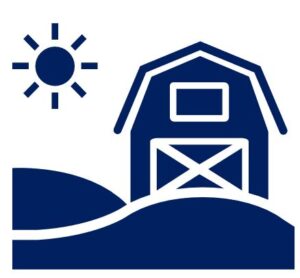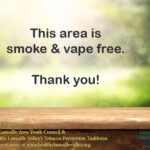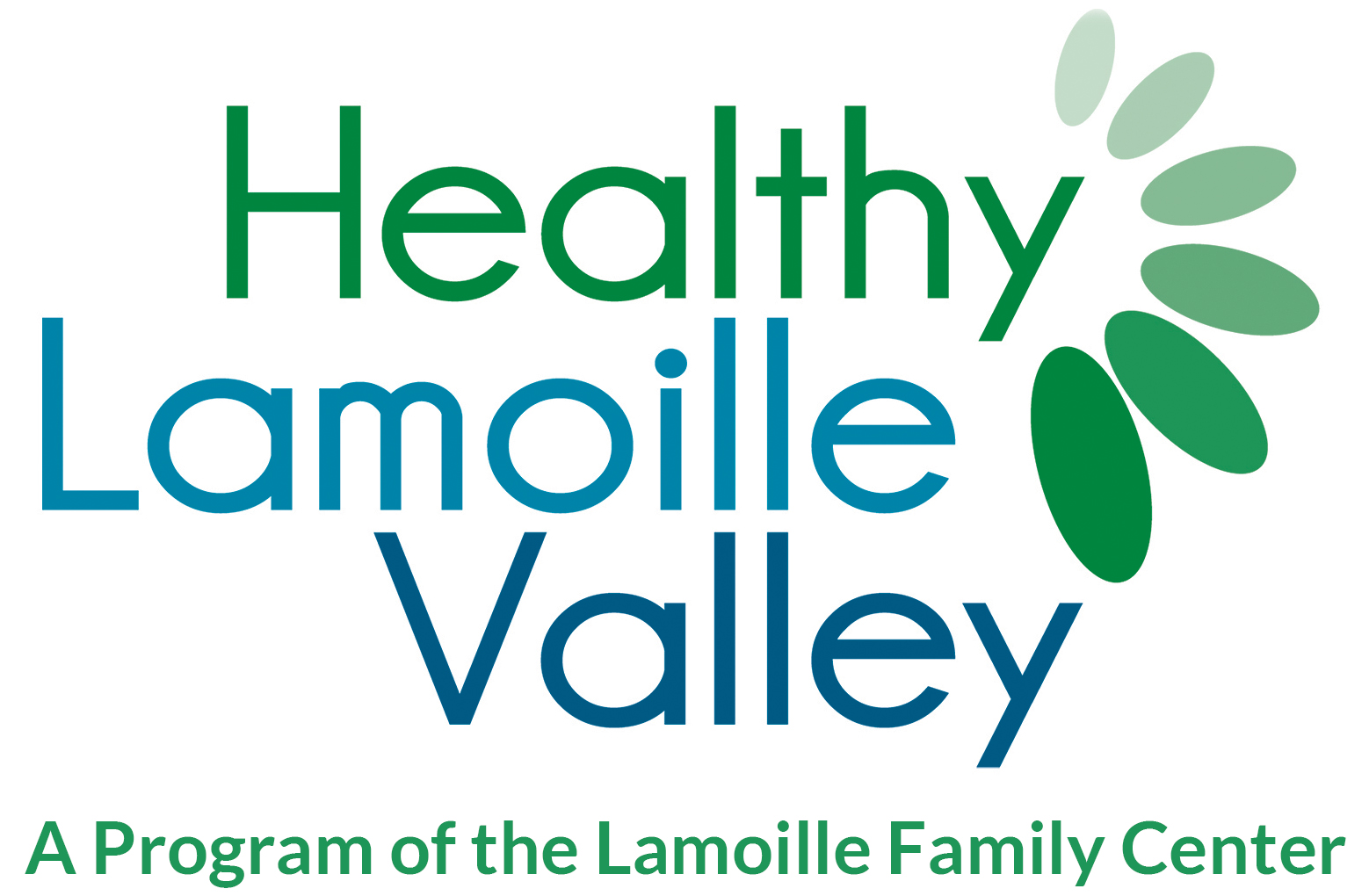 If you are coming to this page and you haven’t yet reviewed our Community Planning Toolkit, click here to review as a first step and to access a community planning process with worksheets for this work.
If you are coming to this page and you haven’t yet reviewed our Community Planning Toolkit, click here to review as a first step and to access a community planning process with worksheets for this work.
Education for Municipalities on Substance Abuse Prevention
Healthy Lamoille Valley, working with the Vermont Department of Health, is a resource for you when you are considering actions and recommendations that will make our communities healthier. We help towns create changes to policies and systems that encourage healthy behavior. It may involve municipal planning, regulatory activities (ordinance, rule, zoning or policy), or non-regulatory activity (community garden, farmers market, bike path, festival). Healthy behavior may include reduced use of tobacco products; reduced high risk drinking (including underage alcohol use and binge drinking); and reduced use of other drugs, including marijuana and opiates. It may also include physical activity and nutrition.
The resources on this page are not meant to be comprehensive or exhaustive. Municipalities may choose to focus efforts on addressing their municipal plan by updating data, goals, and language, or they may implement a regulatory or non-regulatory initiative. Our Toolkit is intended to aid municipalities in thinking about their approach to community health promotion and is not a list of efforts they must follow.
Healthy behavior may include reduced use of tobacco products; reduced high risk drinking (including underage alcohol use and binge drinking); and reduced use of other drugs, including marijuana and opiates. It may also include physical activity and nutrition.
If you are looking for sample language for town plans, policies and ordinances and specifics check out these Primers for Prevention:
- A Primer On Planning for Prevention (Healthy Lamoille Valley, 2015, The precursor to our new Toolkit)
- Supporting Healthy Communities What Can Towns Do?
- Planning for Prevention- A Guide to Community Health Initiatives
 Does your town or business need substance free signage? Healthy Lamoille Valley can support your signage needs related to policies! Visit our signage page to learn more.
Does your town or business need substance free signage? Healthy Lamoille Valley can support your signage needs related to policies! Visit our signage page to learn more.
Here are additional planning resources:
- NEW RESOURCE! Health Equity Planning Toolkit: A grant from the Vermont Department of Health enabled the Regional Planning Commissions, working together in collaboration with health partners, to draft a Health Equity Toolkit. Health Equity is achieved when everyone has a fair and just opportunity to attain their highest level of health. This Toolkit serves as a guide for communities to introduce the concept of health equity and incorporate it into municipal planning documents and bylaws.
- Vermont Healthy Community Design Resources Examples for Creating Healthy Communities Physical Activity, Healthy Eating, Tobacco, Alcohol and Drug Abuse Prevention (Vermont Department of Health) This resource has many Vermont and national policy examples, including direct links and specific language.
- Smoke Free Parks: A comprehensive review of the policy considerations underlying state and municipal smoke-free parks laws (Tobacco White Paper Series, Respiratory Health Association)
- Municipal Engagement for Diversity, Equity, and Inclusion. The Local Solutions and Community Action Team of the Vermont Governor’s Economic Mitigation and Recovery Task Force created this tool as an aid to municipalities and local leaders who are looking to expand the vibrancy of their communities.
- Green Peak Alliance Health Policy Clearinghouse
Municipal Plans
A municipal plan is a document that most municipalities in the Lamoille Valley have formally adopted. The intent of the document is to provide a comprehensive vision for the community’s future. A municipal plan is primarily used to create goals and policies related to land use and development. However, a municipal plan can also address any other goals, policies, or actions envisioned by the municipality, including addressing threats to community health. Most municipal plans in the region and state do not adequately address community health because it’s not a required element of such plans. However, municipal plans can be used to combat substance misuse in communities and to create an environment where substance misuse is minimized. This can be done by setting goals, providing education, and creating action steps. It is done through infusion into current sections or the addition of a health focused chapter.
Statue (from North West Coalition):The Municipal Plan The municipal plan, generally referred to as the town plan, is the principal policy document that guides municipal government decisions. It establishes the vision and goals of the municipality. It also provides a pathway for achieving those goals. The plan is the foundation for both regulatory and non-regulatory municipal actions and provides a basis for the following: local land use regulation, the capital budget, natural resource conservation strategies, and a range of community and economic development programs. Health-promoting language in the municipal plan can lay the foundation for future community decisions and investments. Vermont’s planning statute: Vermont law states that municipalities may choose to adopt a municipal plan, although they are under no statutory requirement to do so. Duly adopted plans can be used to guide development and serve as evidence in Act 250 and Section 248 hearings, but only municipalities with approved plans are eligible for certain state programs. A community choosing to adopt a municipal plan must, at a minimum, include the 12 elements listed in Vermont’s municipal planning statute (Title 24, Chapter 117).
Assessing Substance Misuse in a Municipal Plan:
- Identify the current rates of substance misuse reported in your municipality or county. County level data is available through the NRPC’s Data Scorecards at nrpcvt.com.
- Review recent figures on youth behavior and substance misuse reported at the supervisory union level. This is available through the Vermont Department of Health.
- Assess the number of substance-free events in your community. Take inventory of how alcohol plays a role in your community. Make a list of all of the alcohol-free events offered.
- List the activities and opportunities for teens that are substance free. Take stock of the condition of municipal parks. Do signs prohibit alcohol or tobacco consumption? Are the parks easily visible and accessible, or are they neglected or overgrown? Do schools post substance-free signs or zones?
- Research the number of substance-related crimes in your community.
- Conduct a Health Impact Assessment to aid in the decision-making process. More information on how to do this is available through the Vermont Department of Health.
- Research how surrounding towns in the region are handling similar issues.
- Review prevention language in the current municipal plan and identify places to add information about substance misuse prevention.
Town Plan examples and templates
Tip: Add an overarching vision statement in support of substance misuse prevention – The municipal plan might include a statement that one of the municipality’s goals is to support efforts to reduce substance misuse through its municipal plan policies.
Sample Health Chapter Language:
- Template 1- Jericho Town Plan p.136
- Template 2- TRORC/MAPP Town Health Chapter Template
- Elmore Town Plan Amendment
Hyde Park Examples:
- Municipal Plan (2017) P. 26 Goals
- Healthy Community Policy (2019)
- Sustainable Communities Report (2013)
Policies
Regulatory and Non regulatory
- Regulatory implementation: Actions by a governmental entity that creates laws, rules, or ordinances to achieve a goal or enact a policy. Examples include zoning and subdivision bylaws, local road design standards, and enactments negotiated as part of project development approval.
- Non-regulatory implementation: An act by a citizen, civic group, or governmental entity to achieve a goal or enact a policy through means other than the creation of laws, rules, or ordinances. Examples include building more sidewalks and creating more parks.
Examples of Municipality Regulatory Activities
- Designate municipal events as substance free. Doing so decreases the normalization of alcohol use in the community.
- Designate municipal facilities as substance free. • Enforce existing regulations that decrease or deter substance use.
- Restrict alcohol-related advertising placement.
- Adopt policies or ordinances that limit alcohol consumption in public places.
- Prohibit alcohol and tobacco use in public parks, recreation areas, and/or all municipality property.
- Limit the location and density of alcohol outlets in concentrated areas.
- Implement distance requirements between alcohol/tobacco outlets and sensitive locations such as schools, hospitals, daycare facilities, playgrounds, parks, alcohol treatment facilities, teen centers, and churches.
- Restrict alcohol outlet density. For example, new alcohol outlets will not be permitted within 300 feet of an existing alcohol/tobacco outlet. The town Selectboard is the municipal Liquor Control Board and issues liquor licenses.
- Restrict the placement of signage in retail establishments.
- Restrict the hours of operation by alcohol establishments.
- Establish a minimum insurance requirement for on-site alcohol establishments.
Non regulatory
- Non-Regulatory Activities Municipalities can engage in non-regulatory activities beyond the municipal plan that can support substance misuse prevention efforts. The following examples could be easily implemented in local communities:
- Have municipal officials regularly participate in educational and training opportunities. This would enable local decision makers to be more informed about issues in the community and equip them with the knowledge of possible solutions.
- Promote an environment where both community leaders and parents/guardians set a positive example of substance consumption.
- Organize town highway department staff and community volunteers to remove visual clues of alcohol use on highways (e.g., remove beer cans and boxes lining the road).
- Educate community retailers about alcohol and tobacco advertising in their stores and its effect on youth (e.g., minimize signage, especially what is seen from outside; place alcohol on shelves above eye level; place tobacco products behind the counter where they can’t be easily seen). More information can be found at counterbalancevt.com.
- Provide alternative sponsorship ideas for events and encourage hosting organizations to make events substance free.
- Encourage positive behaviors and a responsible culture regarding substance use. This includes encouraging designated drivers, providing education on responsible consumption, and creating substance-free environments for youth.
- Implement a sharps disposal program for the safe disposal of needles. The Northern Tier Center for Health (NOTCH) in Enosburg, through its partnership with Vermont CARES, is a great example of a successful program that is preventing needles and syringes from being littered throughout the community.
- Implement a prescription drug disposal program. Setting up drop boxes or drop-off locations is essential for the safe disposal of unused or unwanted drugs and will help ensure drugs don’t get into the wrong hands, pollute waterways, or harm wildlife.
Thanks to Windsor and Mt. Ascutney Resources for some of this language.
———————————————————————————————————————
Last updated: 12/16/22
This page is updated regularly. If you have any resources you’d like to see added to this section, please contact Alison Link, alison@healthylamoillevalley.org.
